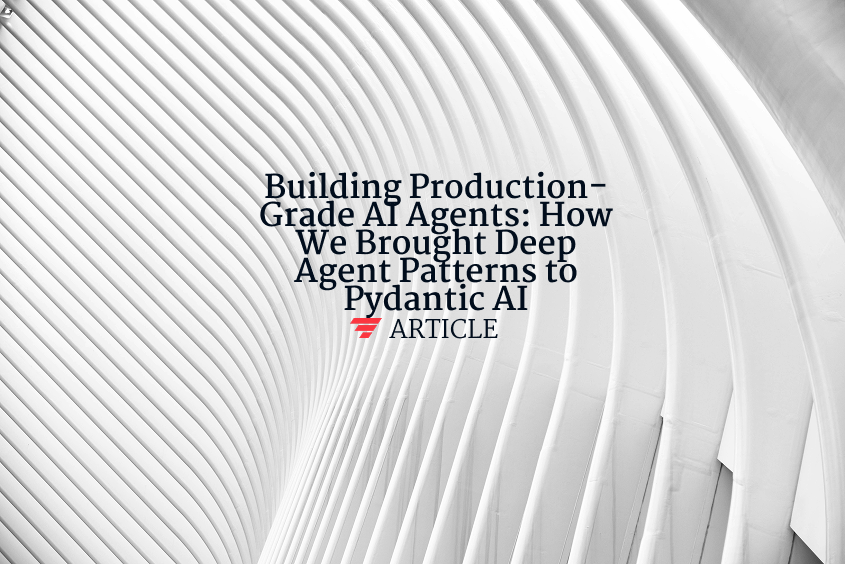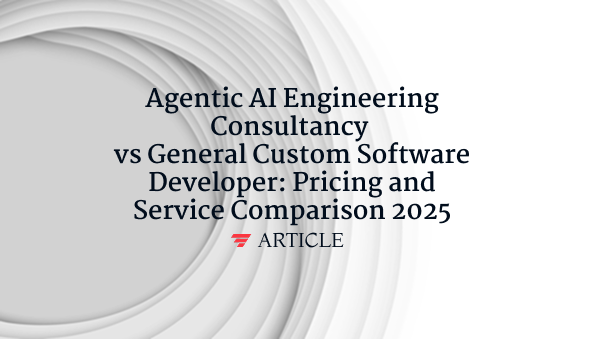What is Data Augmentation in Machine Learning?
Data augmentation in machine learning is a technique that artificially increases training dataset size and diversity by applying systematic transformations to existing data samples, improving model generalization and reducing overfitting. This process creates modified versions of original data through domain-specific transformations while preserving semantic meaning and labels. In computer vision, augmentation includes rotation, scaling, cropping, color adjustment, and geometric distortions. Natural language processing employs synonym replacement, back-translation, paraphrasing, and sentence reordering. Audio augmentation uses pitch shifting, noise injection, and time stretching. Advanced techniques include generative augmentation using GANs or diffusion models to create synthetic samples, mixup methods that blend multiple examples, and adversarial augmentation for robustness. Benefits include improved model accuracy, enhanced robustness to input variations, and reduced data collection costs. For AI agents, data augmentation enables training on limited datasets, improves performance across diverse operational conditions, and enhances system reliability.
Want to learn how these AI concepts work in practice?
Understanding AI is one thing. Explore how we apply these AI principles to build scalable, agentic workflows that deliver real ROI and value for organizations.




